The Canadian National Exhibition (CNE), also known as The Ex, is one North America’s popular fairs and ultimate fun experiences, happening annually at the end of summer at Exhibition Place in Toronto.
In this article you’ll find out a bit about the history of the CNE and its fun and “delicious” vocabulary, which you will definitely need while visiting the exhibit.
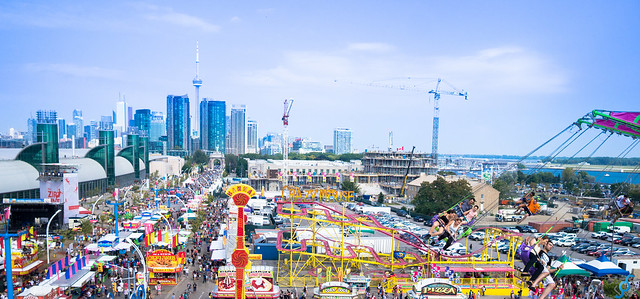
About the CNE and its History
The first Canadian National Exhibition took place in 1879 and promoted agriculture and technology in Canada. It has been already 75 years since the CNE first started to attract the young and young at heart, and throw annual acrobatic, air and ice skating shows.
Even though the CNE has changed a lot over the years, it still remains a dominant platform for scientists, engineers and agriculturists to exhibit their inventions to Canada. Various city communities take this annual gathering as a family tradition. 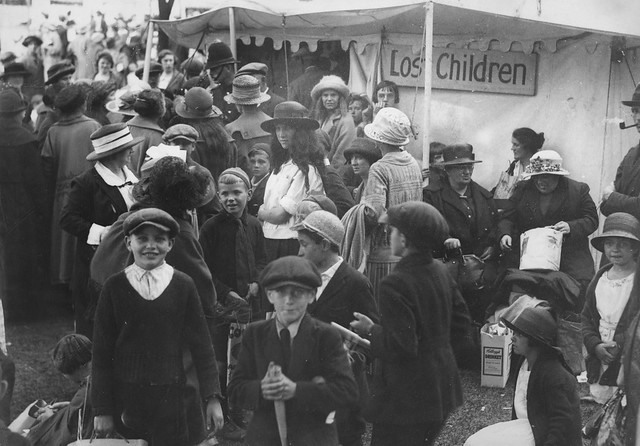
This year Labor Day* weekend features the amazing Canadian International Air show, with unbelievable planes zooming across the sky and performing incredible stunts.
Nowadays, the exhibition offers a wide variety of colourful interactive experiences. Classic food and culinary arts fairs are one of them. Here you can try some typical Canadian treats, such as candy floss (also known as cotton candy), toffee apples, a corn dog or funnel cakes.
If you have never heard of these delicacies, check out the CNE “delicious” vocabulary we have prepared especially for you, so you can make the right choice on the spot.
The CNE “Delicious” Vocabulary
1. Candy floss or cotton candy is primarily made of spun sugar. You may see it in many different colours. A huge cloud of a cotton candy is a true pleasure for both children and their parents.
2. Toffee apples or candy apples are basically apples covered with sugar, chocolate, caramel or toffee. You can find many varieties of them at the CNE. 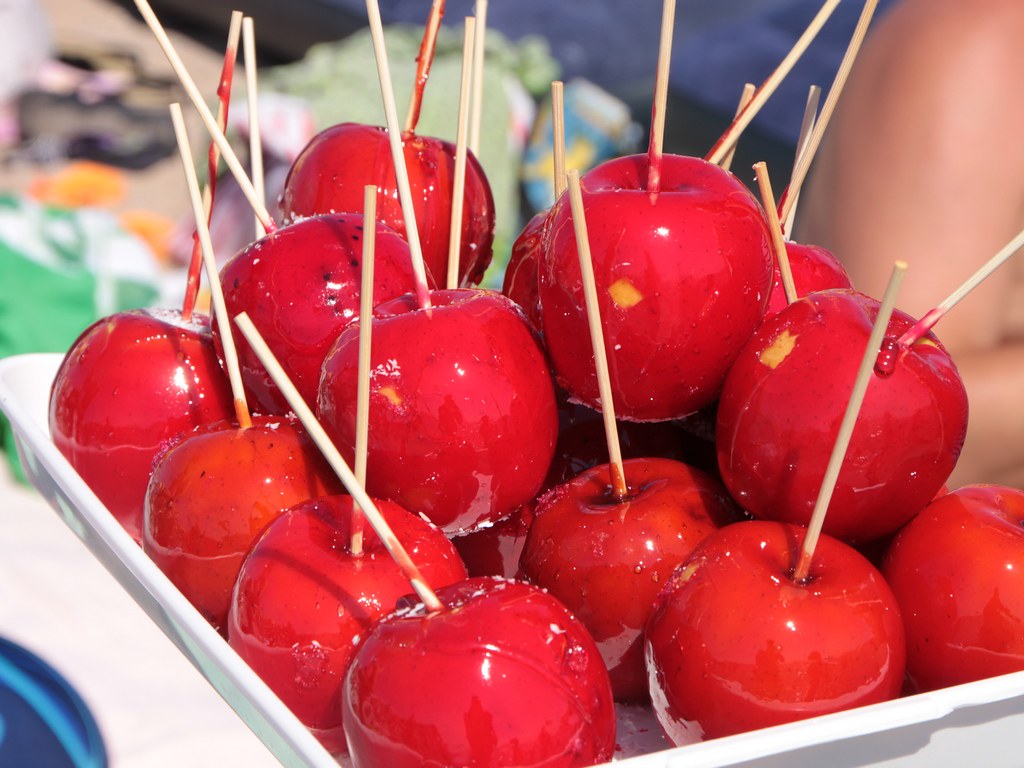
3. Everybody knows what a hot dog is, but have you ever tried a corn dog? It is sausage coated in a cornmeal batter and served on a stick. Pretty yummy!
4. Funnel cakes are made of batter, poured into boiling oil and served with powdered sugar. This fried treat has many calories, so if you are on a diet we would not recommend it. 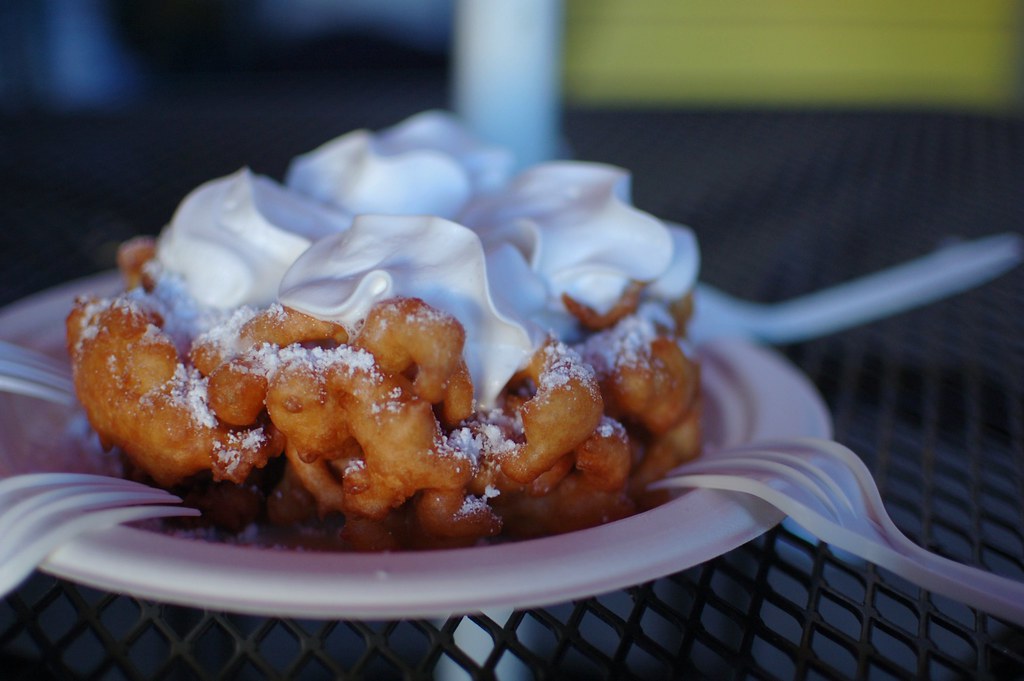
5. Our last delicious treat is Beaver tails, also known in French as Queueses de Castor. It is basically another type of pastry made from fried dough, which resembles a beaver’s tail, and topped with whipped cream, Nutella, marmalade, banana or crumbled Oreos. The pastry’s namesake food chain currently operates 33 stores and 43 BeaverTails and Queues de Castor stands. 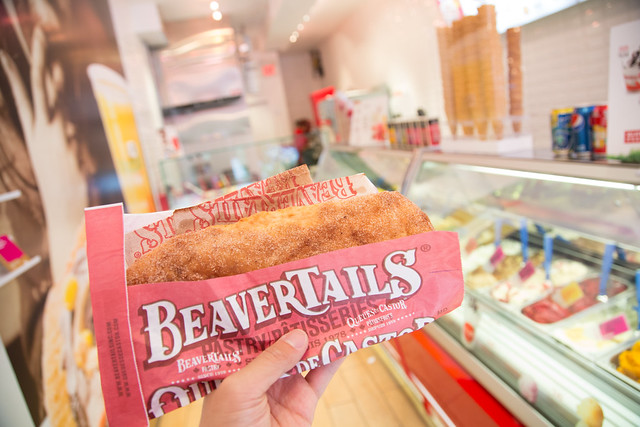
The CNE Fun Vocabulary
Food is just a part of the CNE experience. At the fair, you will definitely want to try all kinds of carnival games and rides. So, master your vocabulary with us!
1. Bumper cars are those small electric cars that people drive in an enclosed area, bumping into each other. Each car has a large rubber bumper, so driving them is safe and lots of fun.
2. Roller coasters are a great attraction at any amusement or theme park, including the CNE. A roller coaster is basically a railroad system with a track that makes some loops, briefly turning the rider upside down. Since a roller coaster goes up and down you may feel some butterflies in your stomach, so do not eat much before the ride! 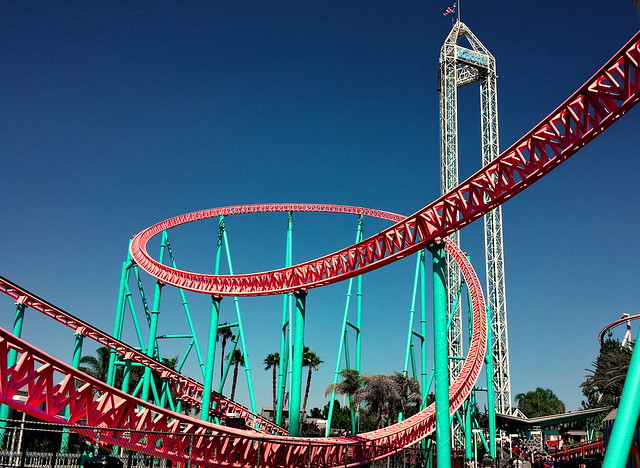
3. Ferris wheel, sometimes also called a big wheel, giant wheel or observation wheel. It is an upright, rotating wheel that offers passengers an almost a bird’s-eye view of the surroundings.
4. Merry-go-rounds or carousels are one of the typical attractions at the CNE. These are great for kids who are afraid of roller coasters. A merry-go-round offers a fun and relaxing ride on flying horses or other similar constructions.
Now that you know what’s what at the CNE, you can get out there fully enjoy its food and attractions.
*Labor day is celebrated on the first Monday of September. It originally gave workers a chance to campaign for better working conditions or pay. The day is now part of a long weekend for many Canadians.
Gabriela Jandova
Related Posts
from ILAC English Tips http://www.ilac.com/blog/vocabulary-lets-go-to-the-cne/

No comments:
Post a Comment